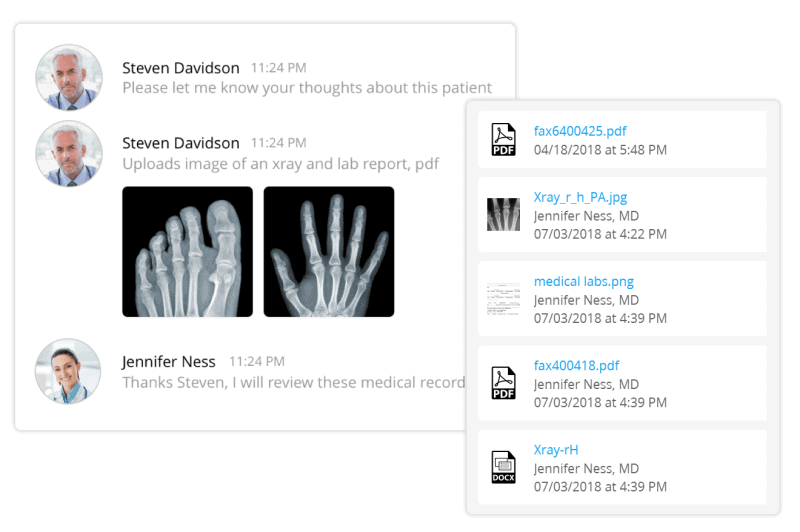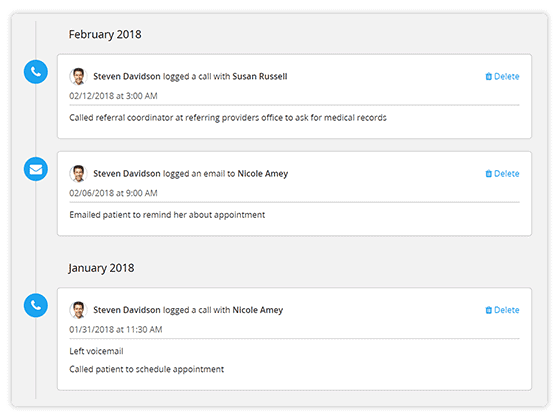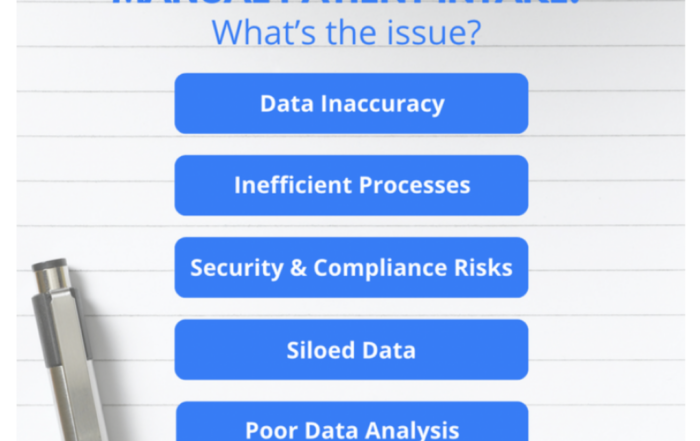Patients are the lifeblood of your healthcare practice, and a big part of improving your patient acquisition process is targeting an appropriate audience. Many family medical practices make the mistake of marketing too broadly, and you just can’t be everything to everyone.
The term “family medicine” is somewhat all-encompassing, and especially in primary health care, it tends to denote everyone from the new baby to the great-grandparent. That’s great if you do treat everyone in the family, but that doesn’t mean you should market your services that way.
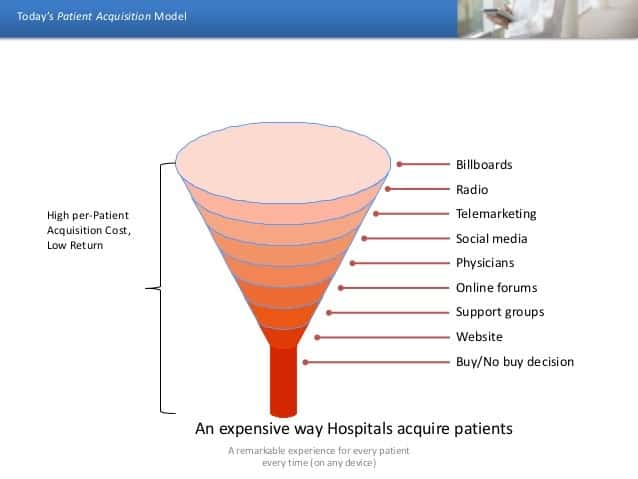
What is Niche Marketing?
Targeting specific groups effectively requires a strategic niche marketing plan that reaches the different categories of patients. Your patients are individuals, and each one is at a different stage in his or her healthcare “buying” cycle. Some may be looking for preventive health care, while others need help managing chronic conditions. Another group might wait until they are seriously ill before consulting with a physician, particularly if they don’t have health insurance. Targeting each group successfully means communicating with each group separately, using the language they can relate to, channels they can access and services they identify with.
Step #1: Choose Your Niche Markets
Niches are very powerful, and your niche doesn’t have to be the same as anyone else’s. Forget the stereotypical market segmentation exercises that tell you to select groups based on demographics, income levels, etc. It’s not the same in medical marketing. Ask yourself the following questions to help identify your niches:
- What am I passionate about? Passion wins through every time, and in a field like healthcare services it matters to patients—a lot! Select the medical conditions where you believe you have unique insights and can make a real contribution, and focus on treating those.
- Who do I want to treat? We’re all human, and just because you studied to be a physician doesn’t mean you can’t be selective about your patients. Perhaps you have a particular empathy with young mothers, as opposed to stressed-out business people? There’s nothing wrong with that, but chances are good you’ll have more to offer a group you relate to more closely.
- Who is my ideal patient? Once you’ve got the first two sorted, create a visualization of your perfect patient.
Conducting a survey of your existing patients can usually give you a good insight into who your main communities and profiles currently are.
Step #2: Develop your Strategies
To develop your niche patient marketing strategies, you need to find out what is important to each of the audiences you’re targeting and provide it. For example, the parents of young children are likely to relate well to topics such as primary care, pediatrics, vaccinations, and illnesses common among children.
Older women are probably concerned with issues relating to menopause and age-related conditions such as breast cancer, and men in their late 50s look for information on erectile dysfunction and prostate checks. Develop a marketing strategy to target each of your patient groups and implement them as thoroughly as you can.
Another great way is to build a referral network and manage it with a referral management software that will help you track all your key relationships and generate a buzz in the community which will net you additional referrals.
Step #3: Identify the Channels
When you know who the people are that you want as patients, to finalize your medical marketing strategy you need to determine the channels they’re most likely to access. For example, seniors and baby boomers are taking to digital media like ducks to water, so don’t assume that just because they are older, they aren’t online.
According to the Pew Internet and American Life Project, 80% of boomers between 47 and 56 years are online, as are 75% of the 57 to 65-year-olds. While they access the internet mainly from computers, however, the Millenials and Gen X-ers are online using smartphones and tablets. Research shows older folk like to read, while the younger groups consume video and audio much more readily.
Step #4: Create Patient Personas
Personas are critical to effective niche marketing. A persona is a fictitious character created to represent each of your patient categories. It’s usually realistic to have 2 to 3 personas for each service you offer, with one being your primary persona and the others secondary personas. Each persona has a name, a profile and a picture that reminds you who you’re speaking to. To great your patient personas, follow these steps:
Example:
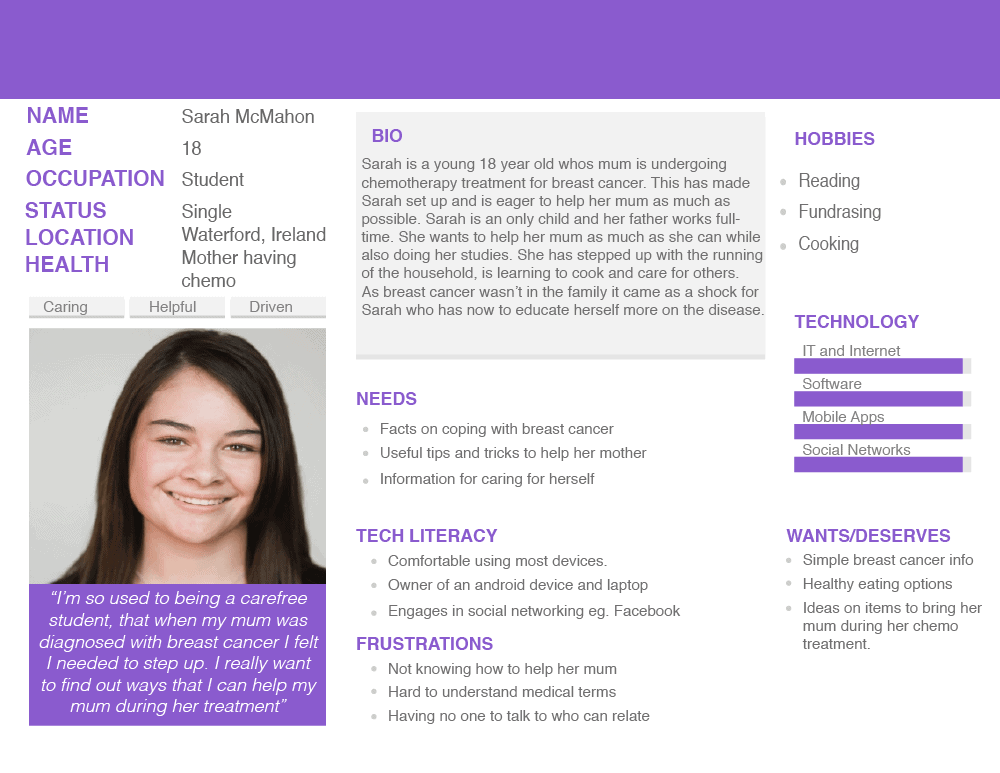
- Define patient profiles. This may be specific to each of the services you offer or the conditions you treat and typically contain some sub-groups. An example of a community is the diabetic community, which is divided into various age and gender groups, and could also include family members and caregivers.
- Identify the demographics. Start with the name, age, marital situation, income level and health status of the main persona you want to target. Find a photo that epitomizes what the person looks like in your mind. Don’t make it too detailed or long—a single page with a paragraph for each section usually suffices.
- Record the persona’s average healthcare experience. What is their current state of health? Some diabetics, for example, may need supportive care instead of preventive, which makes them a separate category or persona. What level of knowledge do they have about their condition? Do they usually make appointments in advance or do they frequently need emergency attention? What healthcare goals and challenges do they have and how quickly do they usually seek medical attention?
- Find out their needs and frustrations. This step is critical because it will enable you to know how best to approach each group. Determine the types of information they are looking for, and where they are looking for it. Identify the questions they ask during a medical office visit.
- Ascertain the computer literacy of each persona. There’s no point in targeting a largely online group with print media or vice versa. Find out which social media platforms each persona typically uses and design your strategy around the information.
Identifying your patient groups with a persona, giving them a name, gender, occupation, income level, challenges, and preferences, will enable you to figure out what the best ways are to reach the niche and what information to target it with.
Step #5: Determine Your Value Proposition/s
Every patient wants something different. Sure, they all want personalized medical care for their specific conditions, but it goes further than that. To adequately empower your personas and create an effective niche marketing program, you need to understand what your practice offers and how it differentiates you from competitors:
- Do you have more convenient hours than the clinic down the road?
- Do you offer on-site pathology facilities that make it easier for patients to undergo blood tests?
- Does one of your healthcare providers have specific experience that complements the services you offer?
All of these are value propositions that differentiate your practice from others. By highlighting them appropriately, you can make sure your target patients know about them.
Step #6: Build Your Brand

Build your branding around your primary target audience and use your ideal patient persona to inform things like your logo and website design. There’s no rule that says you can’t have more than one target audience, but if so, you may want to consider having more than one brand.
For example: would you want to promote your services to the mothers of young children by showing an elderly man receiving good bedside attention? Probably not, and neither would it work the other way around.
If you’re serious about targeting more than one primary niche market, you need a different marketing campaign for each group and a different website. Bakerlabs.com can help if you need some advice on your website, contact them for more info.
Step #7: Create Core Messaging
Create messaging that appeals to your primary target group and select the appropriate delivery mechanisms based on your research. Once again, you need to have identified what works for each group to know how to approach them.
For example, young mothers may respond to core messaging such as: “Keeping Your Family Happy and Healthy,” while older men might respond better to “Make your Retirement the Best Years of your Life.” And even though you may offer weight management counseling, if it’s not something that gives you joy and enables you to make a difference, perhaps you need to take it off the table. No, you won’t turn away a longstanding patient who asks you for help, but that doesn’t mean you want to make it a focal point of your services. If so, exclude it from your messaging, and those patients will go somewhere else.
Focus your marketing and branding efforts on reaching your ideal patient and offering the healthcare services you want to provide.
Step #8: Produce Customized Marketing Material
Once you’ve identified each of your personas and you know what marketing channels they access and how often, you can decide how best to reach them. Marketing collateral is not a one-size-fits-all process, so you can’t just produce a brochure and expect it to work wonders. You need customized materials for each of your personas. For example: let’s say one of your personas is Office Olivia, an administrative worker aged between 25 and 34 who does Girl Friday or Secretarial work in a professional environment.
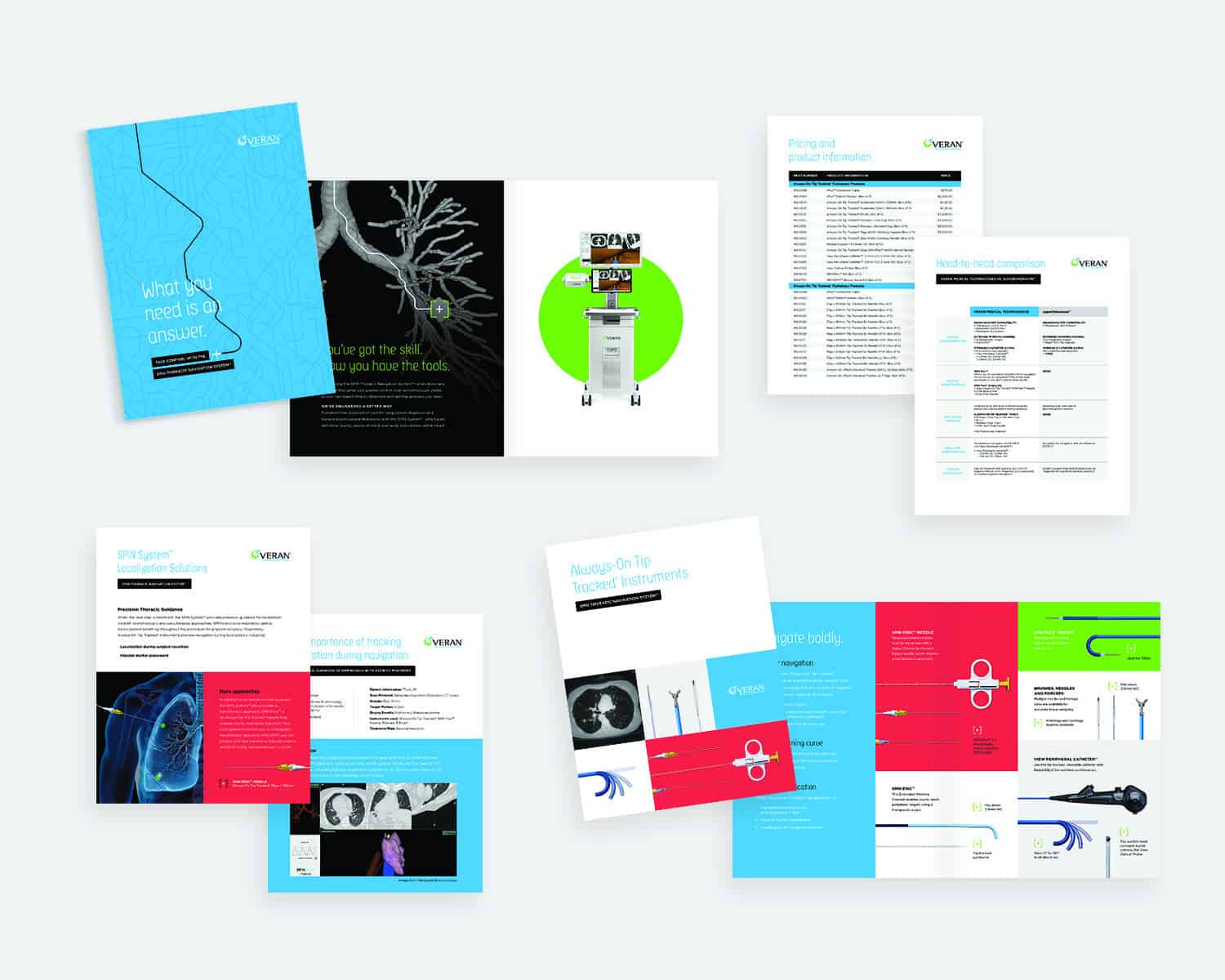
She is dating or engaged but lives alone and doesn’t have any children as yet. You’re not going to capture her attention with a brochure showing the happy smiling faces of young kids or the elderly. Rather, identify her issues such as weight management, healthy eating, women’s health and create a website and social media profiles that target her specifically. That way, she’ll feel as if you’re offering the perfect service just for her.
Step #9: Manage Patient Relationships
Just like staff, patients have to be managed carefully. You simply can’t handle them all the same way and expect to build loyalty and trust. Some individuals are reticent about their opinions, particularly when meeting with a highly educated physician, while others see their doctor as their new best friend and open the floodgates to tell you everything. A few will appreciate the blunt truth, but the vast majority will prefer gentle handling, empathy, and understanding.
Above all, each patient needs to be made to feel special. Set up automated email marketing or a Patient Relationship Program that enables you to regularly send them notifications, newsletters, and updates but also personal notes on their birthdays, for example. Customize these email templates to suit each niche category, so you don’t send pictures of cats to people with cat allergies.
The best way to manage relationships is to use a CRM software application from ReferralMD that is specifically built with healthcare’s workflow in mind.
The Bottom Line
The bottom line is that it’s impossible to treat all your highly individual patients the same way, and if you try to do so, you’ll be heading for trouble. Choose carefully the types of patients that you want to focus on and aim your healthcare marketing strategies at them directly, to the exclusion of anyone else. The key to a thriving medical practice is to stay in touch with your patients, develop a keen understanding of their specific needs and maintain a laser-sharp focus on serving them.
